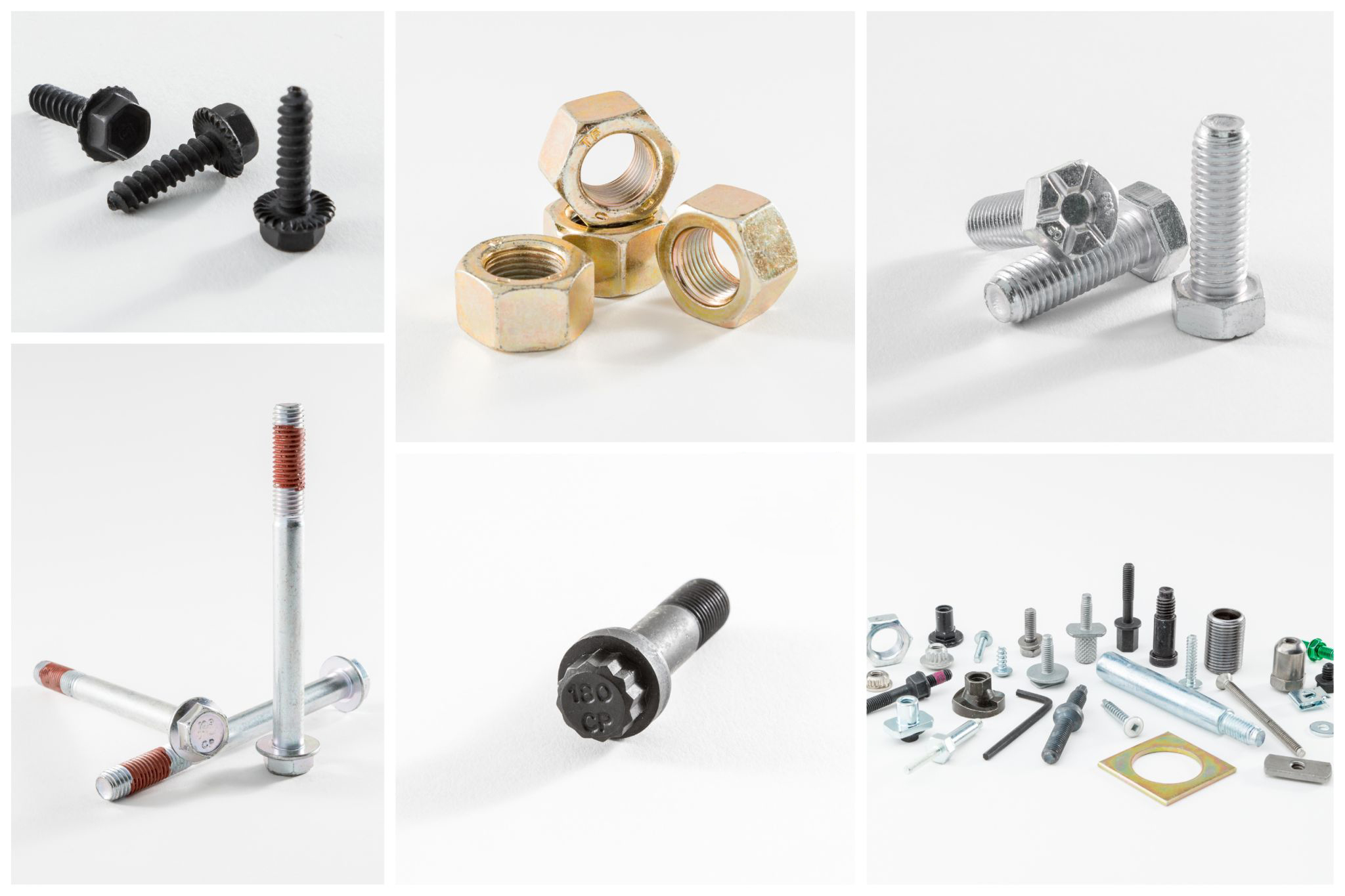For the surface treatment of fasteners, people generally pay attention to appearance and corrosion resistance, but the main function of fasteners is to fasten parts, and surface treatment also has a great influence on the fastening performance of fasteners. Therefore, the choice of surface When handling, the factor of tightening performance, that is, the consistency of installation torque-preload force, should also be considered. The surface-treated coating must be firmly attached and cannot fall off during installation and removal. For threaded fasteners, the coating must be thin enough so that the threads can still be screwed together after plating. Generally, the temperature limit of the coating is lower than that of the fastener material, so the operating temperature requirements of the fastener also need to be considered.
Many surface treatments help prevent corrosion or increase strength. The materials used to manufacture and finish fasteners can significantly affect their ideal use; these materials vary in strength, brittleness, corrosion resistance, and cost, and influence the selection process before fabrication begins.
Galvanized
Galvanizing is the process of adding a zinc coating to the surface of steel or iron. Since zinc acts as a sacrificial coating, it protects the underlying steel or iron, thus extending the life of metal components, but is not suitable for extreme environments.
hot dip galvanized
Hot-dip galvanizing is to make the molten metal react with the iron matrix to produce an alloy layer, so that the matrix and the coating are combined. Hot-dip galvanizing is to pickle the steel parts first. In order to remove the iron oxide on the surface of the steel parts, after pickling, it is cleaned in a tank of ammonium chloride or zinc chloride aqueous solution or a mixed aqueous solution of ammonium chloride and zinc chloride , and then sent to the hot dip coating tank. It has the advantages of uniform coating, strong adhesion and long service life. Corrosion resistance can be increased.
black oxide
Black oxidation treatment is a common method of chemical surface treatment. The principle is to produce an oxide film on the metal surface to isolate the air, achieve the purpose of rust prevention, and slightly improve corrosion resistance and wear resistance. Good plating for decorative looks (i.e. fasteners for interior furniture applications).
Chrome plating
Chrome plating is very stable in the atmosphere, not easy to change color and tarnish, and has high hardness and good wear resistance. Chrome plating on fasteners is generally used for decorative purposes. It is rarely used in industrial fields with high anti-corrosion requirements, because good chrome-plated fasteners are as expensive as stainless steel, but when the strength of stainless steel is not enough, chrome-plated fasteners are used instead.
Dacromet
There is no hydrogen embrittlement problem and torque-preload consistency is good. If the valence of chromium and environmental protection issues are not considered, Dacromet is actually most suitable for high-strength fasteners with high anti-corrosion requirements.

